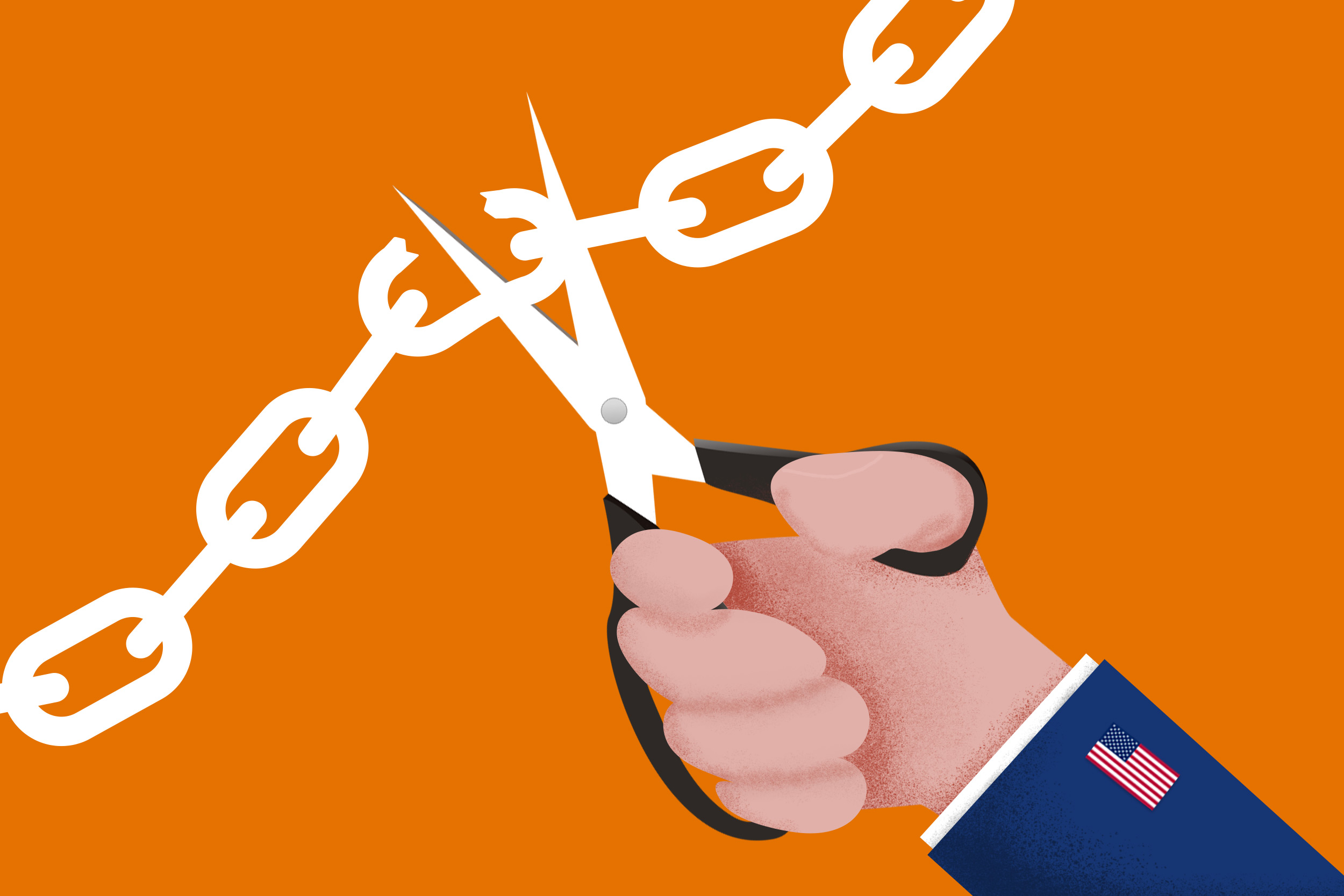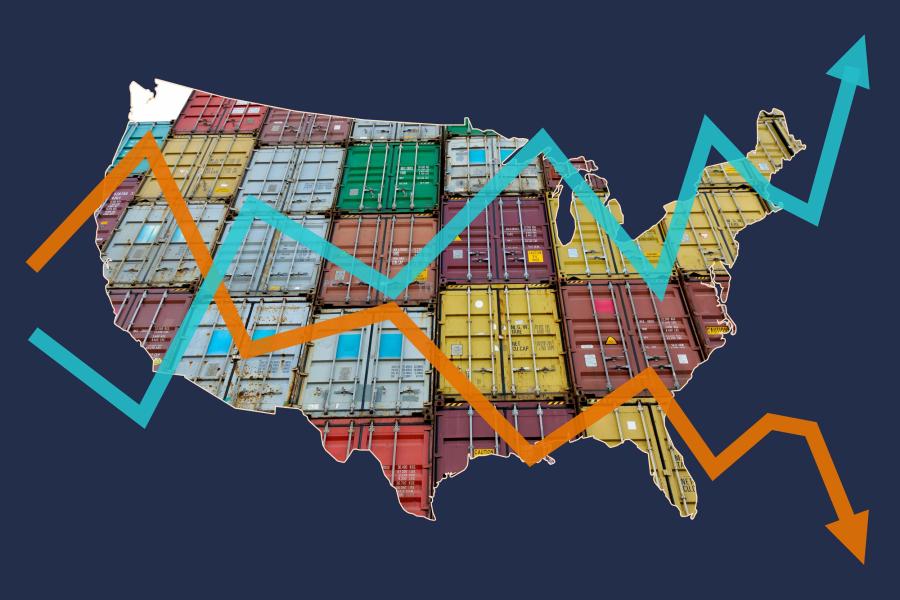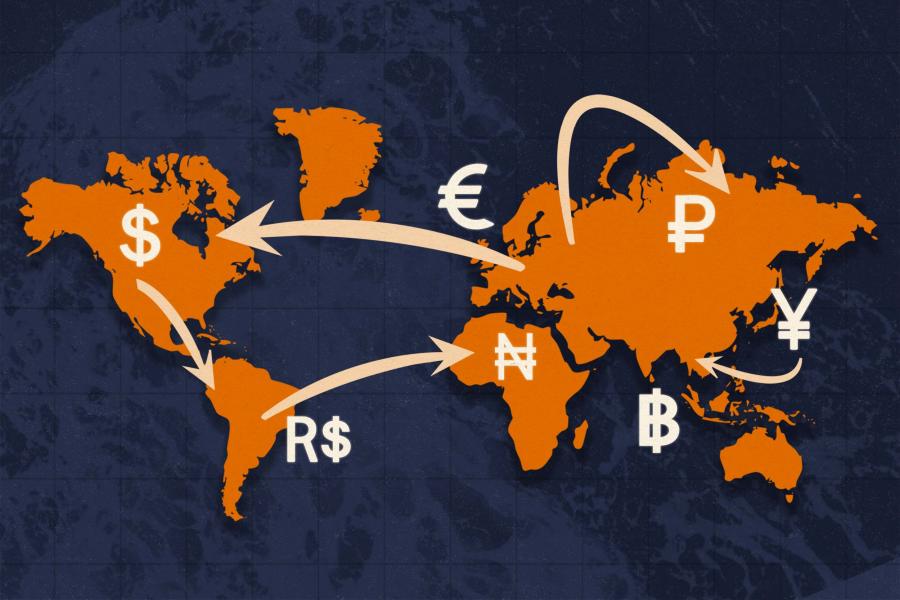From clothing to cars to canned peaches, American-made products are made of parts – often parts sourced from other companies in other countries.
Supply chains are critically important to domestic and global commerce, connecting manufacturers with the raw materials and parts they need. Economic policies, including tariffs, in the countries they export from and import to directly impact those supply chains.
To better understand supply chains and how government decisions affect them, UVA Today checked in with Vidya Mani, associate professor of business administration at the University of Virginia’s Darden School of Business.
Q. What is a supply chain and how does it work in basic terms?
A. A supply chain is a series of linkages from raw materials to final product for end use and back to raw materials after use. Each stage of the supply chain involves a transformation step through a manufacturing or a service process and a network of people, companies, organizations and governments.
If you look at a car, you have the motor, which includes gear boxes that contain clutches whose parts include pressure plates made from steel blanks produced from steel, which is made from minerals. At each stage, a manufacturer could choose to make the complete product or buy parts from suppliers and assemble it for sale at the next stage.

Vidya Mani, associate professor of business administration at the University of Virginia’s Darden School of Business, says unintended tariff consequences could disrupt the supply lines of American manufacturers. (Contributed photo)
The supply chain is built by picking the next link upstream that offers the least cost while maintaining quality standards.
Q. Why would high tariffs or a trade war affect a supply chain?
A. When you have a global supply chain, the flow across country borders is governed by rules of import and export as set by the countries in the chain. This is why tariffs are impactful.
For products and components that we have no or very little capability to build within the U.S. and are sensitive to price, high tariffs will significantly impact the supply chain. Each company in this scenario will then have to weigh major questions:
- Is the tariff affordable to continue with the existing sourcing arrangement?
- Can it be sourced from a country not subject to next round of tariffs that has the capability to manufacture at a viable cost?
- Can it be made in-house?
- Should the technology be changed to use other components not subject to the tariff, which can be a very long-term undertaking?
Q. Are you seeing supply chain changes now?
A. Changing the supply chain in response to high tariffs is a massive undertaking. The current response is to build buffers against disruption. We saw a pile-up of inventory, especially in the retail sector, before the tariffs.










